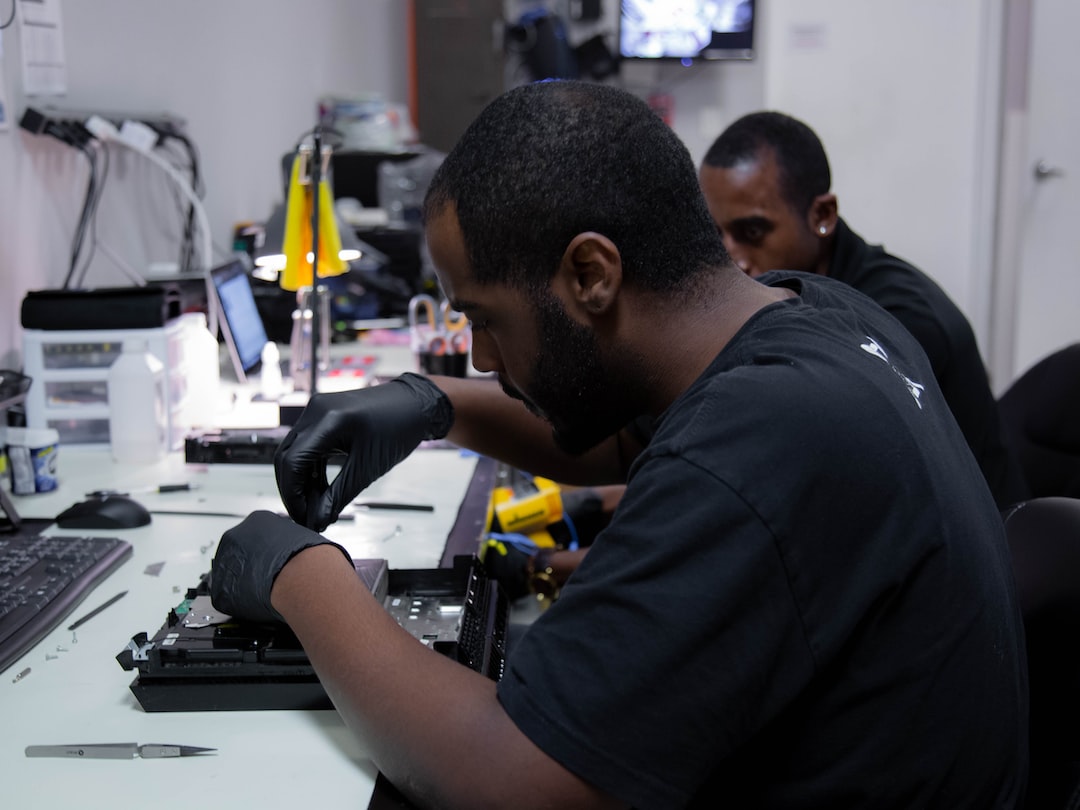The Benefits of Collaborative Robots in Manufacturing
Automation has become an integral part of the manufacturing industry, increasing efficiency and productivity. One of the latest developments in this field is the use of collaborative robots, also known as cobots. These robots are designed to work alongside human workers, assisting them in various tasks. The benefits of using collaborative robots in manufacturing are endless, revolutionizing the industry in many ways.
Improved Safety
Collaborative robots are designed with built-in safety features that allow them to work safely in close proximity to human workers. Unlike traditional industrial robots, cobots are equipped with sensors and cameras that enable them to detect people and objects in their surroundings. This ensures that the robot can stop or change its course if it senses any potential danger. This feature not only protects human workers from accidents but also minimizes the risk of damage to machinery or products.
Increased Efficiency
With their ability to work alongside human workers, collaborative robots can greatly increase the overall efficiency of manufacturing processes. These robots can handle repetitive and tedious tasks, freeing up human workers to focus on more complex and value-added activities. This not only leads to enhanced productivity but also improves the quality of work. Moreover, cobots can work continuously without fatigue, reducing the need for breaks or shift rotations. This significantly speeds up production processes and helps meet tight deadlines.
Flexibility and Adaptability
Collaborative robots are highly flexible and easily adaptable to different manufacturing environments. They can be programmed and reprogrammed to perform various tasks with minimal effort. This allows manufacturers to easily switch between different production lines or adapt to changes in product designs or specifications. Cobots can handle multiple tasks, including assembling, pick-and-place, packaging, and even quality control. Additionally, their small size and lightweight structure make them highly portable, allowing for easy relocation to different areas or workstations within the factory.
Cost-Effectiveness
Integrating collaborative robots into manufacturing processes can offer significant cost savings. These robots are generally less expensive compared to traditional industrial robots, making them more accessible to small and medium-sized enterprises. Moreover, cobots do not require extensive infrastructure or safety measures, reducing the additional costs associated with their implementation. They are also easy to program and operate, eliminating the need for specialized technicians or extensive training. Ultimately, the increased productivity and efficiency they bring about can result in a higher return on investment for manufacturing companies.
Improved Work Environment
The presence of collaborative robots in the manufacturing industry can greatly improve the work environment for employees. By automating mundane and repetitive tasks, cobots relieve workers from physically demanding jobs, reducing the risk of musculoskeletal disorders. This can lead to higher job satisfaction and employee morale, ultimately attracting and retaining skilled workers in the industry. Additionally, the integration of cobots can create a collaborative work culture, where human workers and robots can work together as a team, sharing knowledge and expertise.
Conclusion
Collaborative robots have revolutionized the manufacturing industry by bringing together the strengths of humans and robots. With their safety features, efficiency, flexibility, and cost-effectiveness, cobots have become valuable assets in enhancing productivity and improving the work environment. As the manufacturing landscape continues to evolve, collaborative robots will play an increasingly significant role, driving innovation and reshaping the industry for the better.

